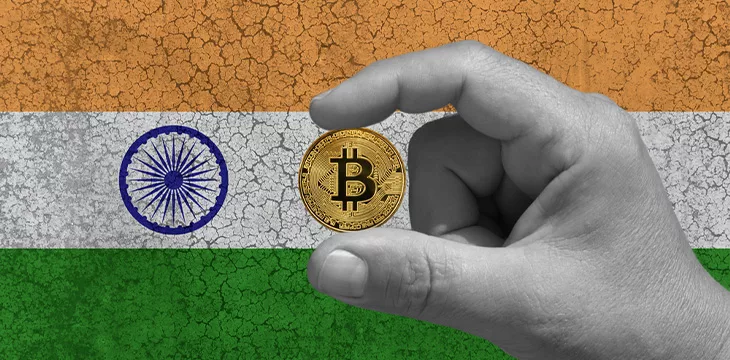|
Getting your Trinity Audio player ready...
|
Amid the spike in cryptocurrency fraud, India’s Ministry of Home Affairs is developing an on-chain tool to monitor transactions and send alerts over suspicious behavior closely.
The Cryptocurrency Intelligence and Analysis Tool (CIAT) will serve as the government’s eye over its fast-growing digital currency ecosystem while paying close attention to the use of digital assets in the dark web. The Indian Cyber Crime Coordination Centre, a unit under the MHA, is leading CIAT’s development, with the government reportedly sinking millions of dollars into the project.
As per the CNBC TV18 report, the project will keep a detailed record of cryptcourrency transactions, scrapping addresses, timestamps, and exchanges used to facilitate the trade. Aside from collecting details, CIAT will be able to send alerts to law enforcement agencies in cases where there is “unusual or irregular” digital currency activity.
Irregular activity includes transactions involving large sums of digital currencies or transactions involving blocklisted addresses. Pundits have described the ability to send real-time alerts to law enforcement as instrumental in the fight against digital currency fraud and the rising rate of security breaches in the industry.
The report noted that a key feature of CIAT is its comprehensive database of all digital currency exchanges in operation and their contact information. CIAT’s database will include centralized and decentralized exchanges, a feature expected to be useful during investigations.
Cryptocurrency scams have reached new heights in India, with losses from the first six months of the year running into millions of dollars. In September, an Indian software engineer lost over $100,000 in a fake investment scheme while peer-to-peer (P2P) digital currency scams continue to net rewards for bad actors.
Aside the usual scams and security breaches, India is keen to prevent the use of digital assets in narcotics, money laundering, and terrorism financing. According to the Indian Narcotics Control Bureau (NCB), digital currencies played a central role in nearly 40 drug-related offenses since 2020.
In July, local law enforcement busted a P2P scamming syndicate using fake bank accounts and ATM cards, underscoring the government’s commitment to eliminating bad actors in the ecosystem.
The rise of cryptocurrency monitoring tools
Law enforcement agencies worldwide are investing in Web3 monitoring tools to aid their efforts against cryptocurrency scams. Early in the year, South Korea’s Ministry of Justice unveiled plans for a new cryptocurrency tracking system to “overhaul the infrastructure in response to the modernization of crime.”
In Canada, Calgary’s police teamed up with on-chain analytics firm Chainalysis to establish the Western Canada Cryptocurrency Investigations Centre, offering round-the-clock support for law enforcement.
“This demonstration of public-private partnership to solve novel issues in financial services is a model that the rest of the world can learn from,” said Jonathan Levin, Chainalysis‘ co-founder. “Not only is this a great moment for Western Canada, but it is a first step in our work to enable law enforcement partners worldwide to protect their constituents.”
Watch: In India, there’s a thirst to build useful stuff

 12-21-2025
12-21-2025 




